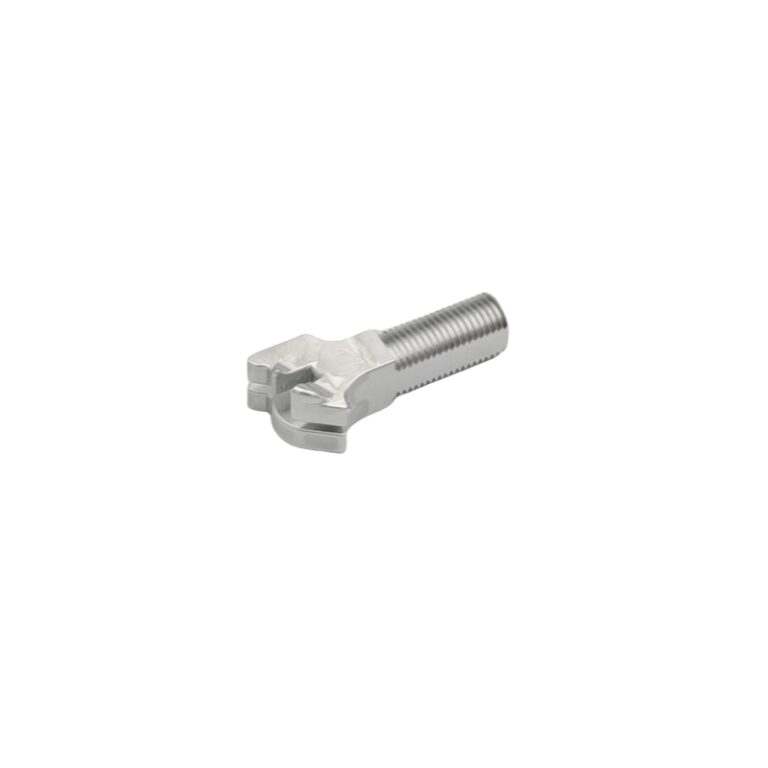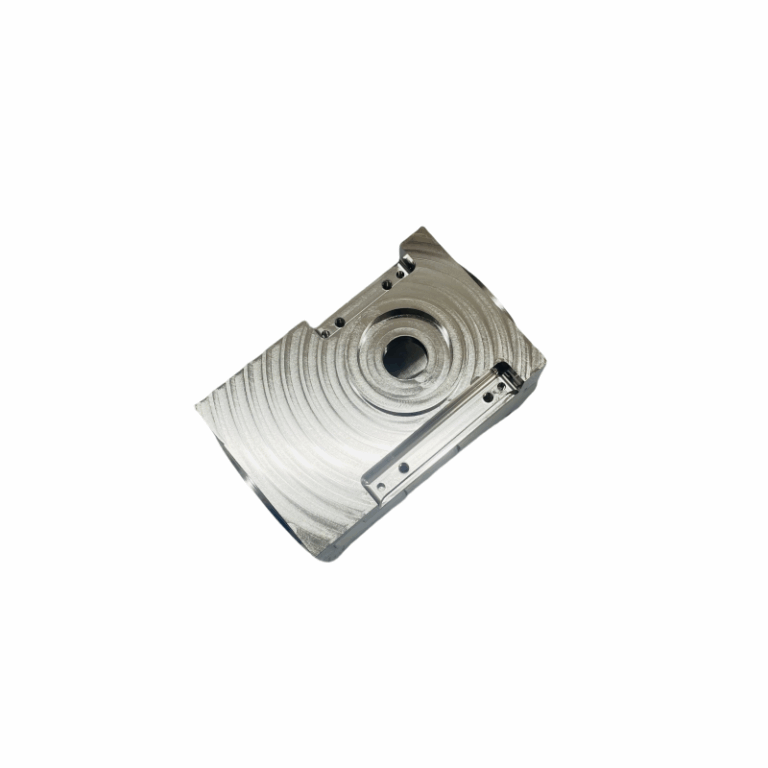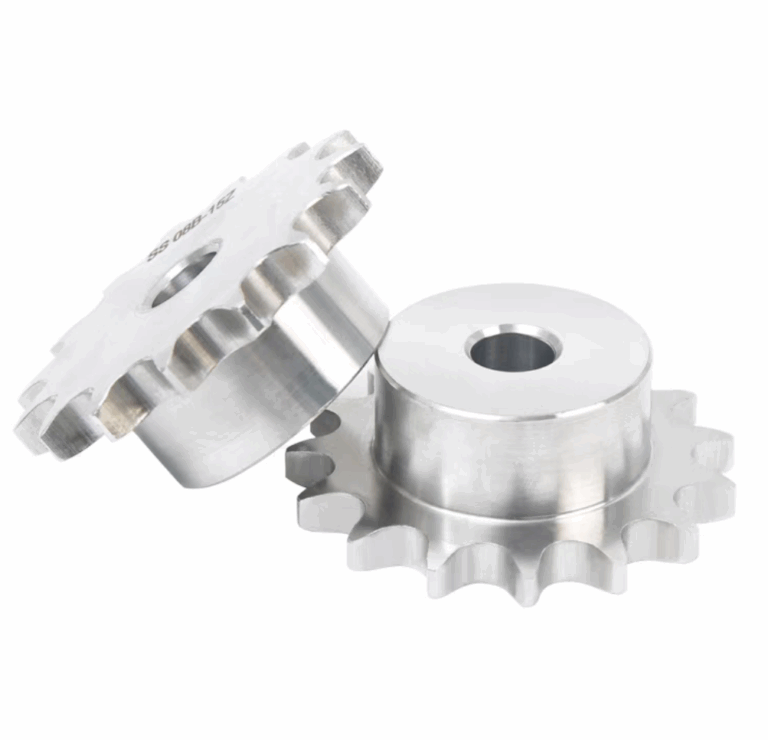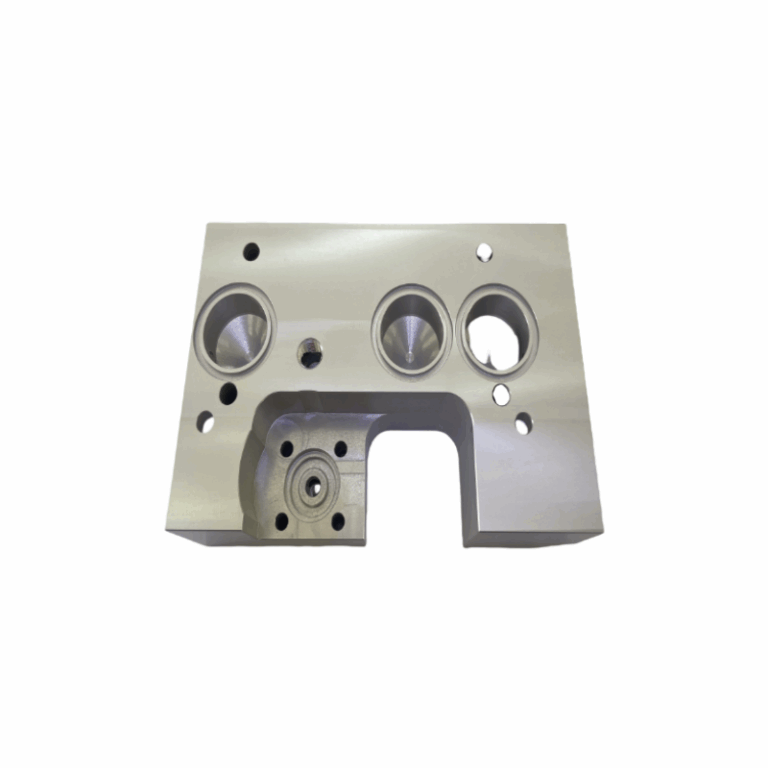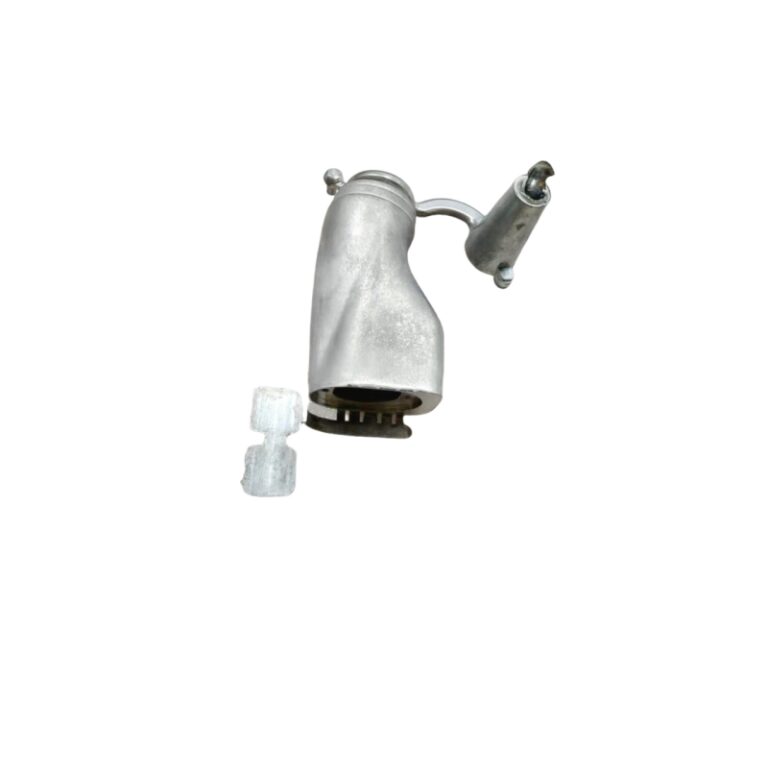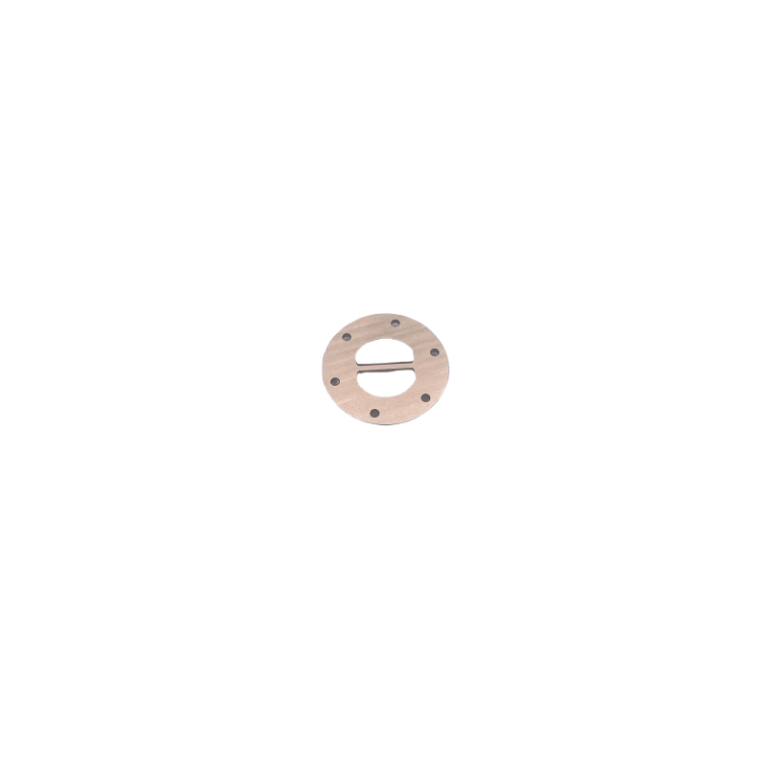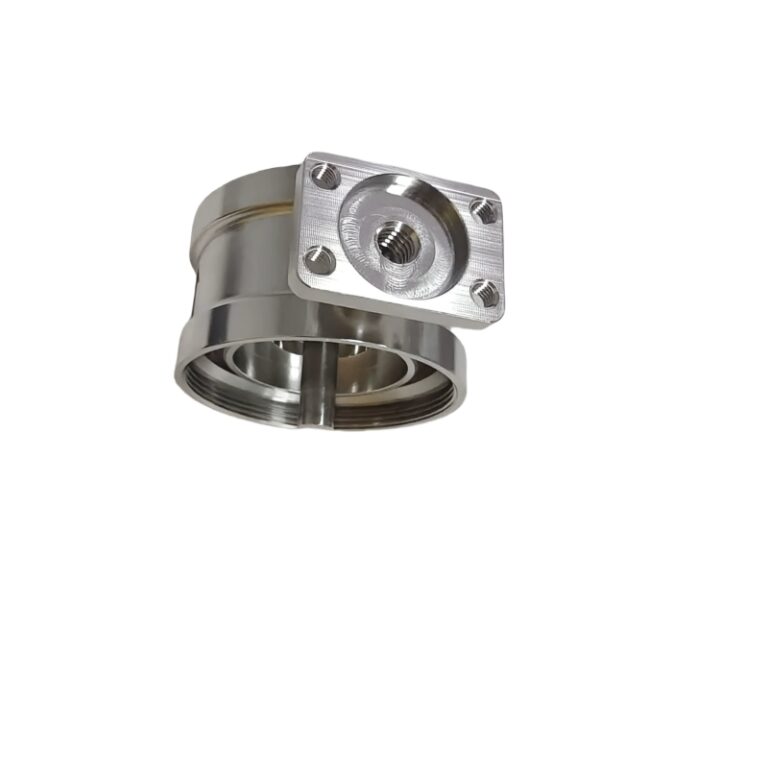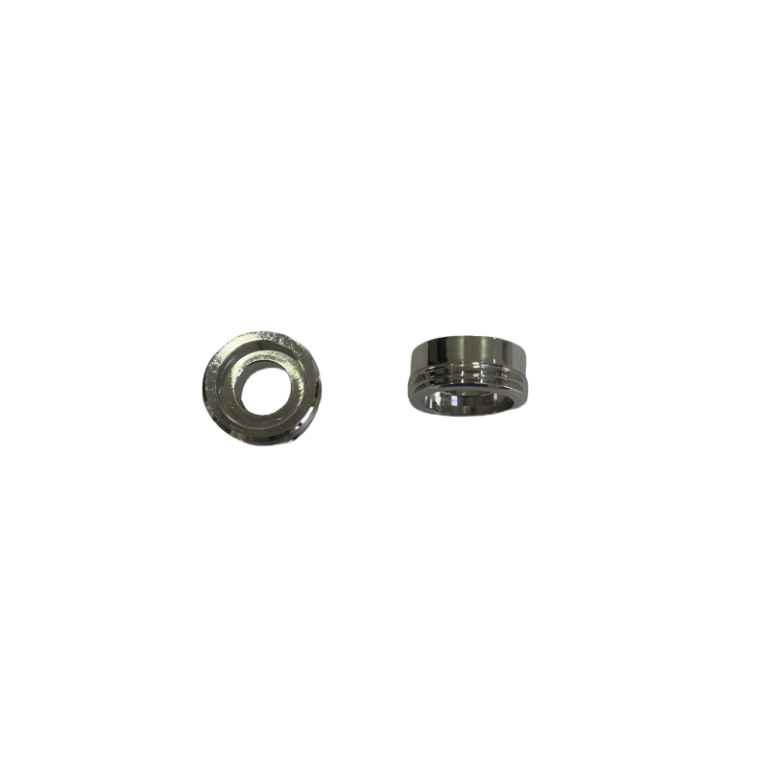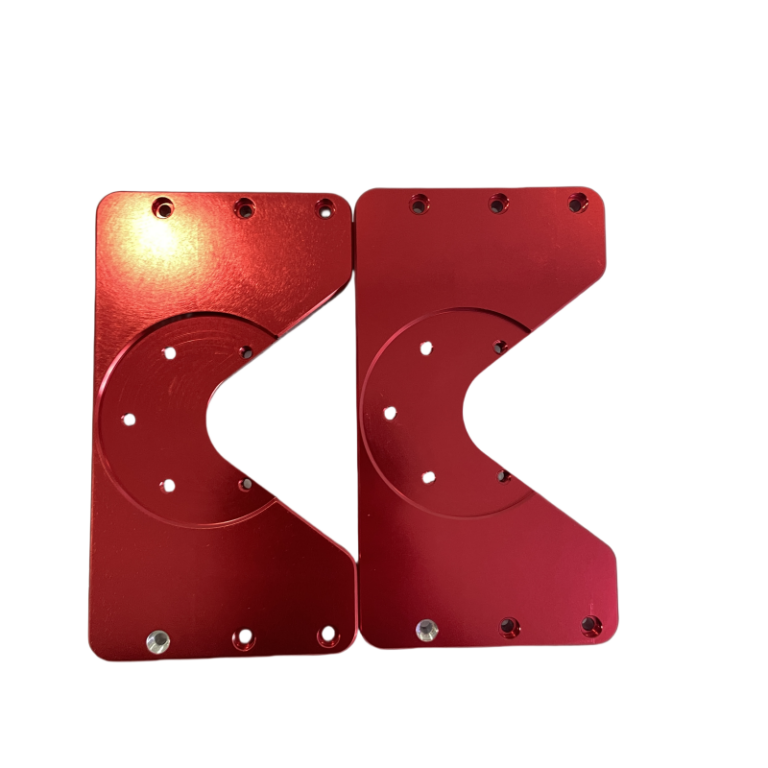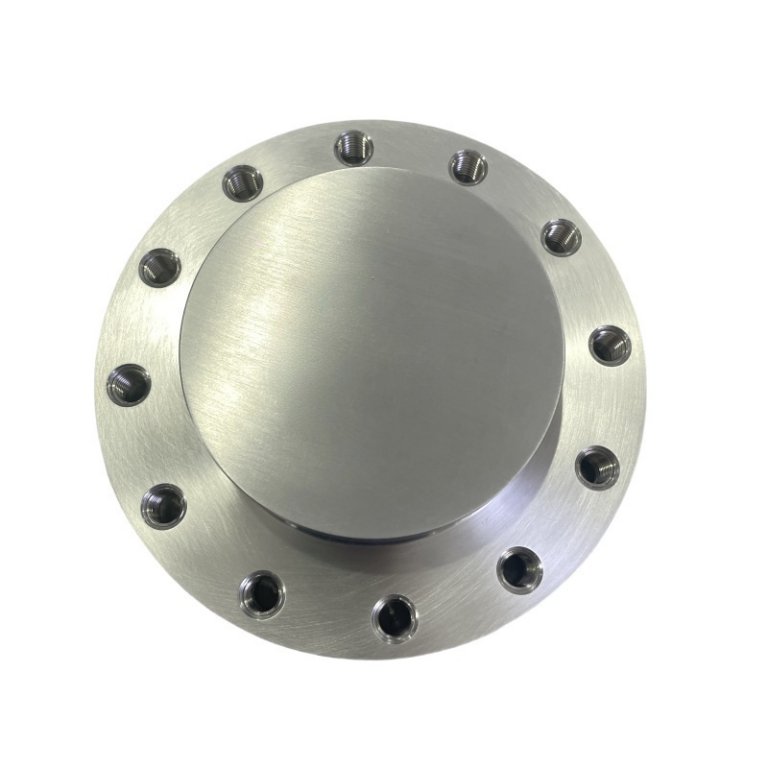In metal forming, custom metal stamping is a cold-forming process used to create complex design prototypes and parts for various industries. It uses mold and stamping equipment to apply pressure on the plate to cause plastic deformation or separation of plate materials to obtain parts with a certain shape, size, and performance. Custom metal stamping parts are designed for specific components, which meet the specific needs of modern industrial manufacturing. It is widely adopted in multiple industries, from medical to automotive industries, from food service providers to contractors. In addition, the integration of CNC systems also improves the metal stamping process.
This article will detail the definition, types, advantages, limitations, and applications of custom metal stamping as well as suitable materials for metal stamping, frequently asked questions, and more.
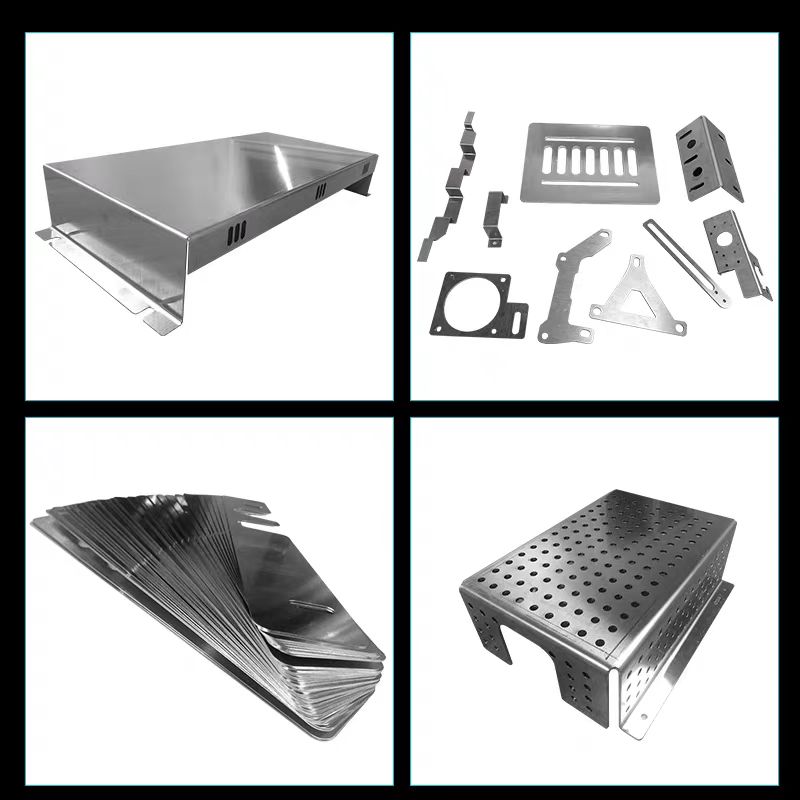
Why choose custom metal stamping?
Custom metal stamping parts refer to metal parts designed for specific parts and their functions according to the specific needs of customers. Different from batch production stamping parts, when precise and complex sizes are needed to produce unique components, custom metal stamping parts are selected. This process needs to develop custom metal stamping tools in advance. When metals pass through a stamping machine, the tool will cut and mold components.
The type of custom metal stamping
In metal stamping processes, their types are different, depending on the shape they reach. Depending on the needs of different industries, various complex design processes are forged. The type of metal stamping is roughly divided into the following:
Punch:
Perforation is when a machining tool punches holes in a metal plate to form a number of small hollow areas.
Blanking:
Blanking is the first stage of metal stamping, followed by other techniques such as punching, bending, or stamping. Blanking is the cutting of large pieces of metal into small or medium metals.
Stretch:
Stretching is the metal sheet or strip placed in the mold, through the pressure and shape of the grinding tool, so that the metal material plastic deformation, so as to get the desired shape and size.
Forging:
Forging is a technique of stamping small pieces of metal into a specific shape, often used to make small objects such as coins. This is a closed mold forging technology, wherein the whole or partial stamping of the metal sample is close to each other by two molds on both sides of the metal. One of the advantages of forging is that it can produce metal products with high tolerances.
Piercing:
Unlike perforation and landing, piercing is a metal stamping, which does not remove metal parts. On the contrary, the way of molding and punching is to create a crack on the metal plate. This process does not produce scrap iron, such as iron films that must be discarded or removed during the post-treatment process.
knurling:
Pressing flower is a technology that produces a unique raised surface on the metal plate. Flower material can be produced in two ways and uses a machine or mold set. Because it can form the complexity of the design, the pressure flowers can be used in many applications. Such as car hoods, door frames, metal covers, engine cases, square steel plates, etc.
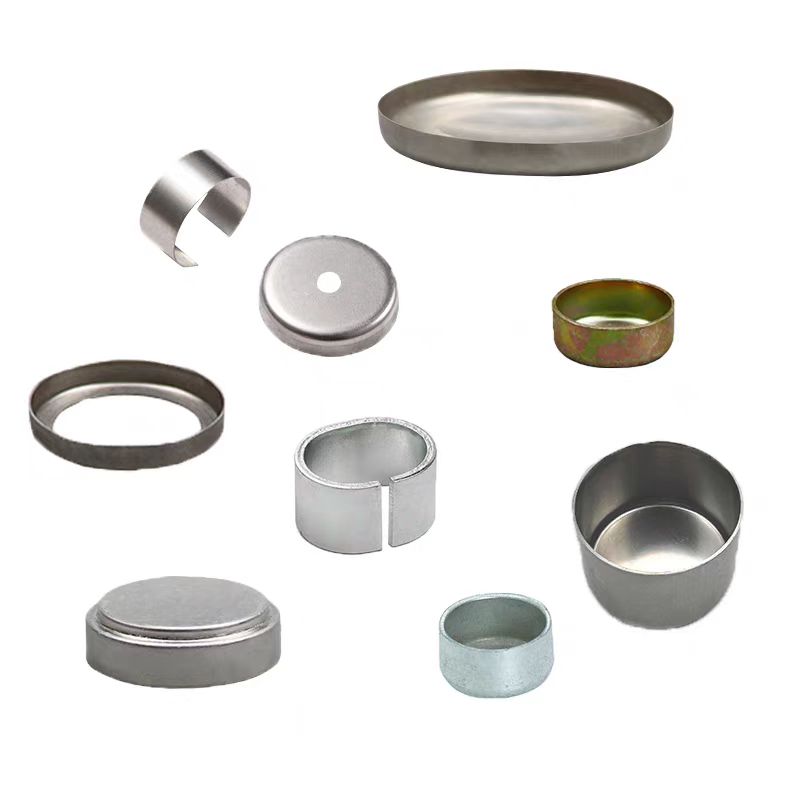
Our custom metal stamping ability
DMTC has an experienced manufacturing team. Our engineers have more than 10 years of metal stamping experience. We have 30 high-end imported machines. All metal stamping design, development, assembly, and manufacturing are completed within the company. The highest accuracy of our product reaches ± 0.01mm.
| Metal stamping processes | Punching, blanking, bending, coining, embossing and flanging |
| Standards | DIN,GB,JIS,ASNI,ASME,ASTM,SAE,ISO,RoHs |
| Specifications: | Maximum size: 305mmx510mmx810mm
General tolerance: +/- 0.005inch,ISO 2768 Precision tolerance: according to the custom drawing Thread and threaded hole: support any standard thread size. Also, accept custom threads.
|
| Material | SPCC,SPCD,SPCE; SECD,SECC,SECE; SS201,SS301,SS304,SS316,SS430; H59,H62,H65; AL1100,AL5052,AL2024,AL6061; C110,C170,C5111 |
| Surface treatment | Zinc-plated, tin-plated, chemical nickel-plating, passivation, anodizing, powder coating, etc. |
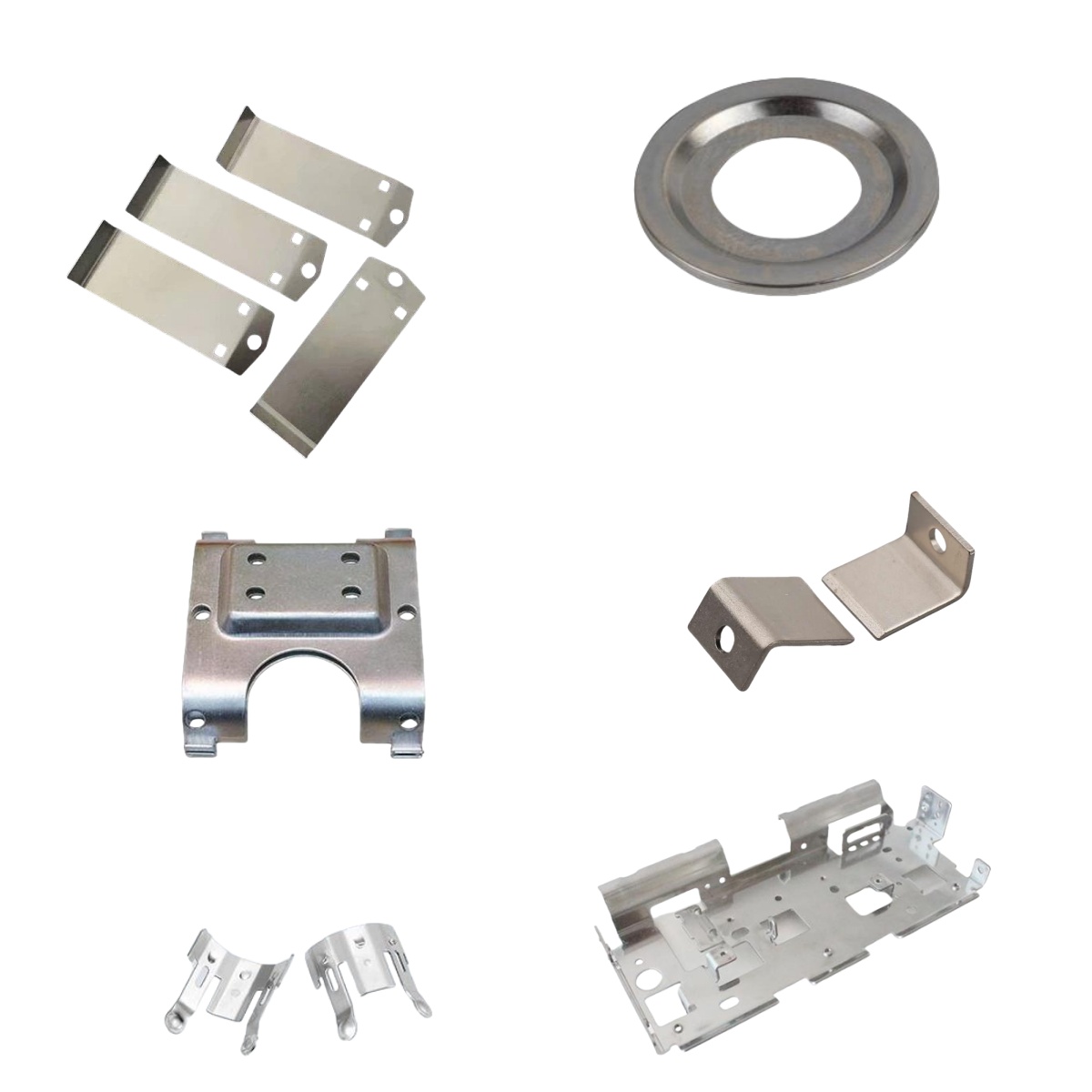
Here are the basic steps of custom metal stamping:
- Design the product: The first step is to design the product you want to create. The design should include dimensions, tolerances, and any other specifications.
- Create the mold: Once you have a design, you will need to create the mold. The mold will form and cut the sheet metal into the desired shape. The mold-making custom metal stamping process can be complex and involve multiple steps.
- Preparing the Material: The metal sheet needs to be prepared before custom metal stamping. This may involve cleaning the sheet, applying lubricants, or annealing the metal to make it more ductile.
- Stamping: After the sheet metal is prepared, it is ready to be stamped. The sheet metal is placed between two parts of a die and the press applies force to form and cut the sheet metal.
- Surface treatment: After custom metal stamping, the product may require additional finishing such as polishing, coating, or painting.
(Understand the Process of DMTC – Metal Stamping Parts Manufacturer)
Here are some tips to keep in mind when doing custom metal stamping:
- Choose the suitable metal material: Different metals have different properties and may be better suited to certain products. Consider factors such as strength, durability, and corrosion resistance when choosing a suitable metal material.
- Design for manufacturability: Keep the stamping process in mind when designing your product. Avoid features that are difficult or impossible to stamp.
- Use the good lubricant: Applying lubricant to the metal sheet can help prevent friction and reduce wear on the die. Choose a lubricant that is compatible with the metal and the stamping process.
- Monitor quality: Regularly check custom metal stamping parts to ensure they meet specifications. Adjust the stamping process as needed to maintain quality.
Advantages of custom metal stamping
Low Cost of Production:
The cost is lower under the condition of mass production. In addition, stamping processing can also save energy and labor costs.
Product High Accuracy:
Pouring processing can maintain larger size and shape accuracy to meet the needs of precision processing. By optimizing the mold design, the precision of stamping parts can be further improved.
High Production Efficiency:
Pouring processing has high production efficiency and can achieve rapid production of large-scale parts. At the same time, the material utilization rate during the stamping process is high, less waste, and can even achieve non-waste production, thereby saving the cost of the material.

The limitations of custom metal stamping
High mold cost:
Special molds are required for stamping processing. The design and manufacturing costs of molds are high. Especially for complex shapes, the difficulty and cost of mold manufacturing will increase.
Long production cycle:
The manufacturing and debugging of the mold takes a certain time, so the production cycle of stamping processing is relatively long. This disadvantage is particularly obvious when single or small in production.
Material restrictions:
Pouring processing has certain requirements for the thickness and hardness of the material. Excessive or excellent materials are difficult to perform stamping processing, and other processing methods need to be used.
The Applications of Custom Metal Stamping
Metal stamping is a widely used manufacturing process that can be applied in a variety of industries and applications. The following are some common fields where metal stamping is often used.
- Automotive industry: Custom metal stamping plays a vital role in the production of automotive parts, including body panels, brackets, chassis parts, engine components, electrical connectors, etc.
- Electronics and Appliances: Many electronic devices and home appliances rely on custom metal stamping for their housings, connectors, heat sinks, brackets, and other components.
- Aerospace: used in the aerospace industry to manufacture aircraft parts such as structural components, panels, brackets, and engine components.
- Construction Industry: This technology is used in the construction industry to produce various components such as brackets, clips, supports, and fasteners.
- Medical Devices: Custom metal stamping is used to manufacture medical device components and surgical instruments, including implantable devices, connectors, clips, and stents.
- Furniture and Hardware: metal stamping is used in the furniture industry to produce hinges, brackets, fasteners, and decorative metal parts used in furniture and cabinets.
- Energy and Power Generation: metal stamping is involved in the production of power generation equipment components such as wind turbines, solar panels, electrical connectors, and transmission components.
- Defense and Military: This technology is used in the defense sector to manufacture a variety of components, including armor plate components, ammunition casings, and military vehicle components.
Which materials are suitable for custom metal stamping?
Low carbon steel: Low carbon steel cost is low, it is easy to process and form, the stamping performance is good, and it is usually used to make auto parts, home appliance accessories, lock hardware accessories, and so on.
Stainless steel: Stainless steel has high strength and high corrosion resistance, and is usually used to make high-end equipment or parts with special requirements. Its surface is smooth, wear-resistant, and widely used in manufacturing furniture kitchen utensils, electrical accessories, etc.
Aluminum alloy: Aluminum alloy has good thermal conductivity, corrosion resistance, and high strength, and is often used in the production of aviation, automobile, and motorcycle accessories
Brass: Brass is a very soft but durable material, which is usually used to make various mechanical parts, furniture hardware accessories, etc.
There are hot-rolled steel plates, cold-rolled steel plates, and galvanized sheets and these are also very suitable for metal stamping. They are often used to make car bodies, electrical shells, and rust-proof stamping parts.
In actual manufacturing, we need to choose suitable materials according to specific needs. For example, Low carbon steel is suitable for stamping parts with low cost and high demand; Stainless steel is suitable for high-end equipment requiring high strength and high corrosion resistance; Aluminum alloy is suitable for stamping parts requiring light weight and high strength; Brass is suitable for mechanical parts that require good electrical conductivity and corrosion resistance.
Due to its advantages such as high efficiency, high accuracy, high stability, and low cost, it has become one of the important processing technologies in modern industrial manufacturing. DMTC keeps pace with the times. Our engineer continues to update technology, push stamping technology in a more efficient and intelligent direction, and will bring better solutions to the manufacturing industry in the future.
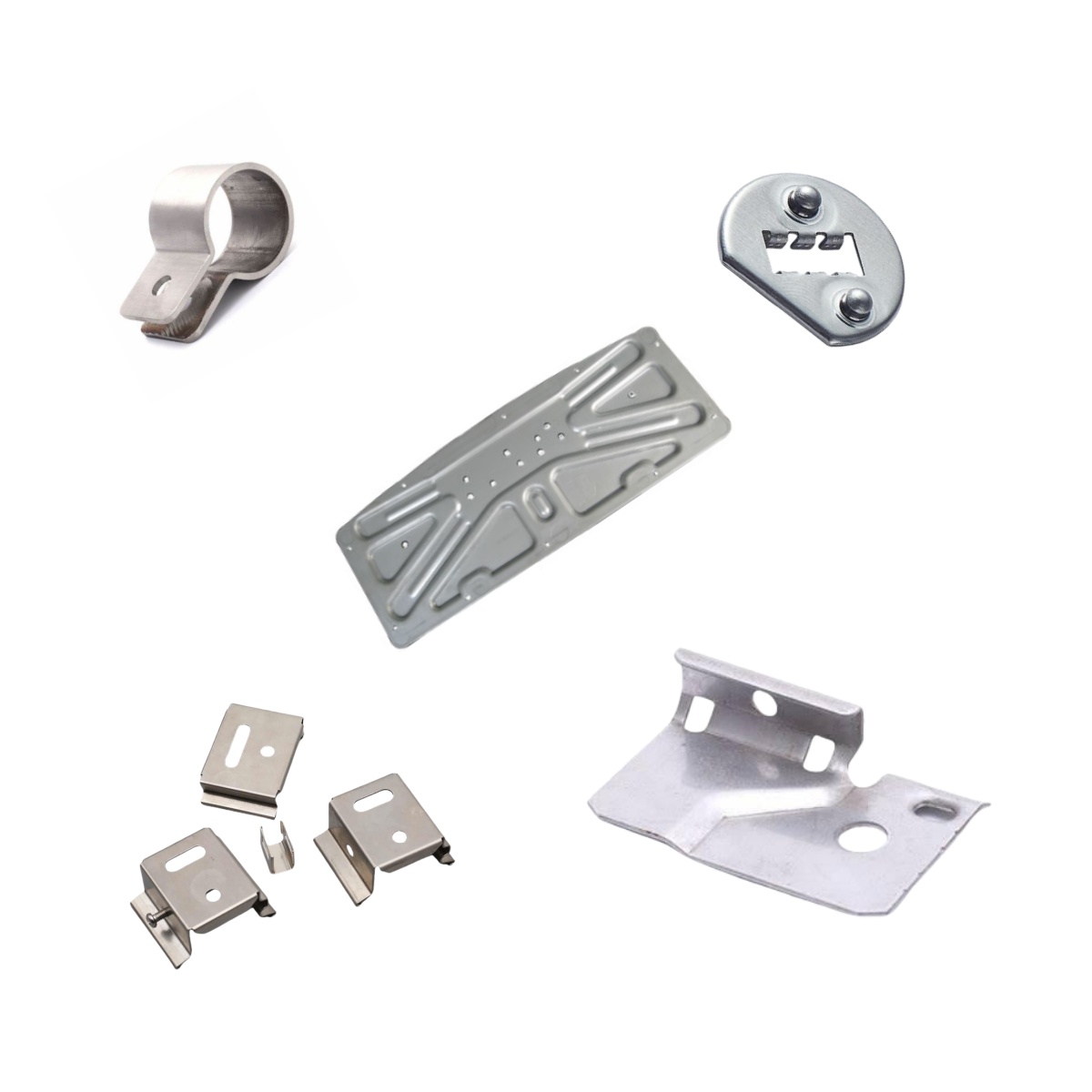
Comparison between stamping parts and sheet metal parts
In the field of industrial manufacturing, the two processes of stamping parts and sheet metal parts look similar, but there are still some differences between them.
| Comparison | Stamping Parts | Sheet Metal Parts
|
| Machining Method | Stamping parts are formed by stamping plates or strips through a mold. | Sheet metal parts are mainly processed by cutting, bending, punching, welding, and other processes. |
| Machining Type
|
Stamping parts processing is suitable for processing smaller plates or strips, and is suitable for making more complex parts. | Sheet metal processing is suitable for processing larger plates or strips, and is often used to make simpler parts. |
| Machining Cost | The machining cost of stamping parts is high. | The machining cost of sheet metal is low. |
| Machining Efficiency | The machining efficiency of stamping parts is high. | The machining efficiency of sheet metal parts is low. |
| Machining Precision | The machining precision of stamping parts is high. | The machining precision of sheet metal parts is low. |
DMTC has over 6 years of extensive experience in custom metal stamping and fabrication services worldwide. Our team of dedicated experts is equipped with a wide range of stamping machines to ensure superior precision, exceptional flexibility, and consistent quality output for a wide range of processing projects. At DMTC, we understand the importance of each project, no matter big quantities or small quantities. Our professionals are committed to providing best services that exceed your expectations. Welcome to email us(susan.yu@szdmtc.com) if you have any ideas!

